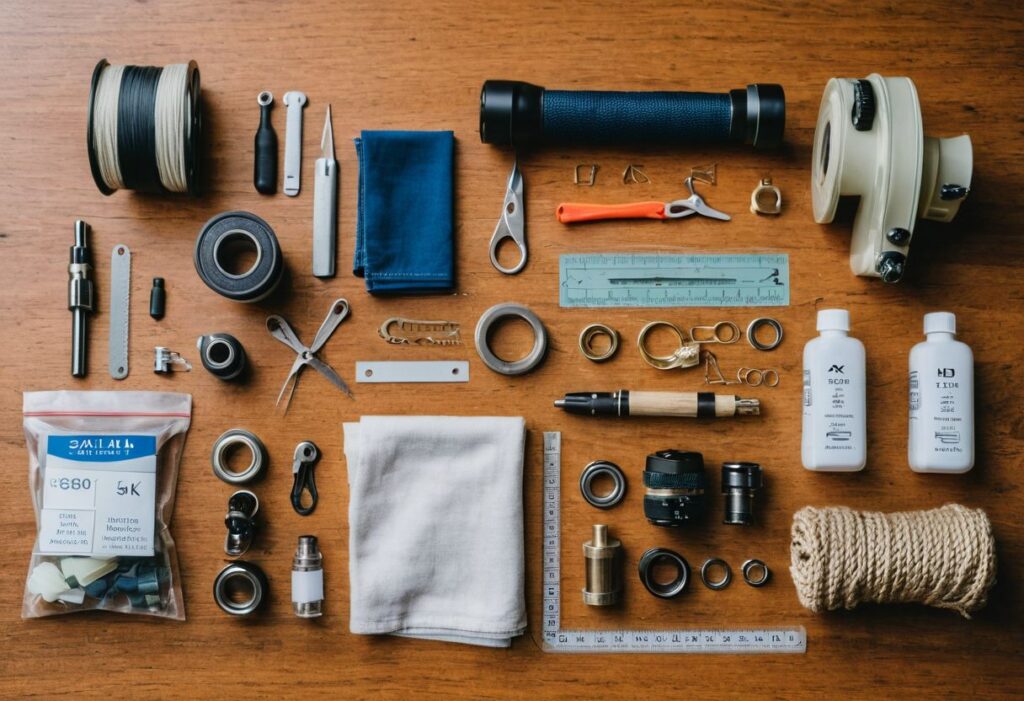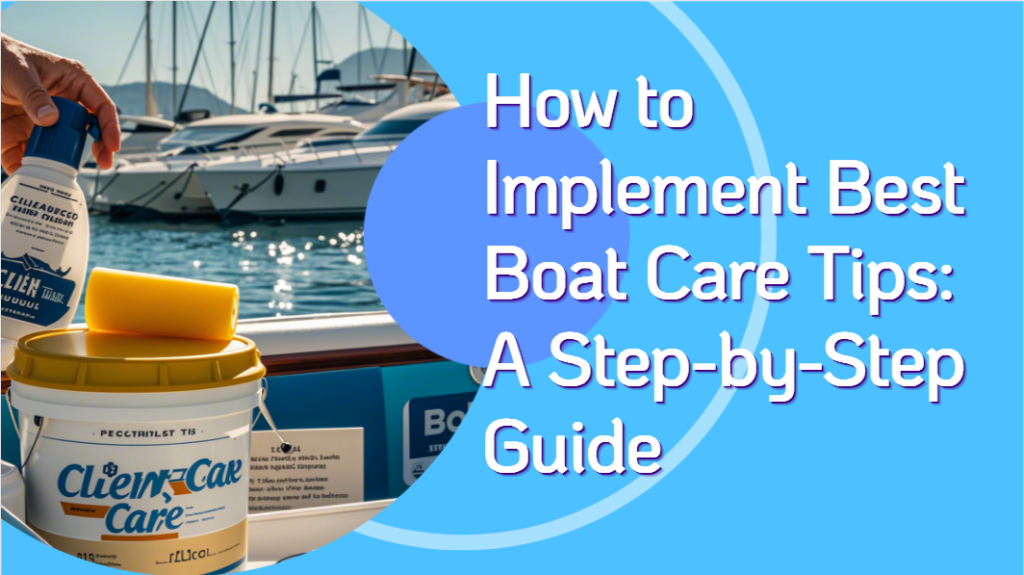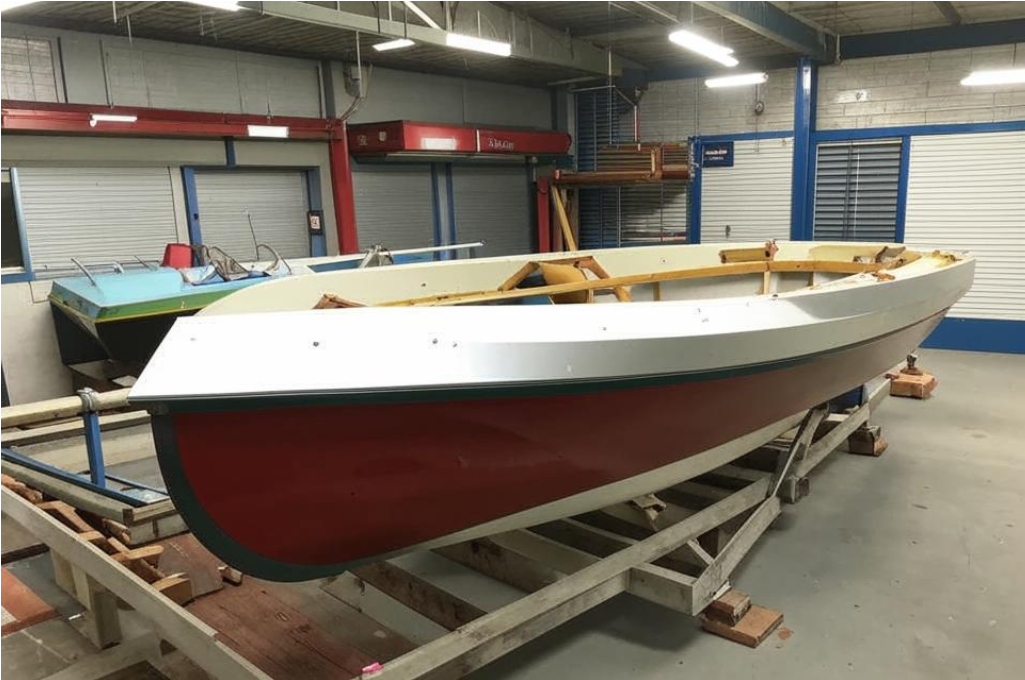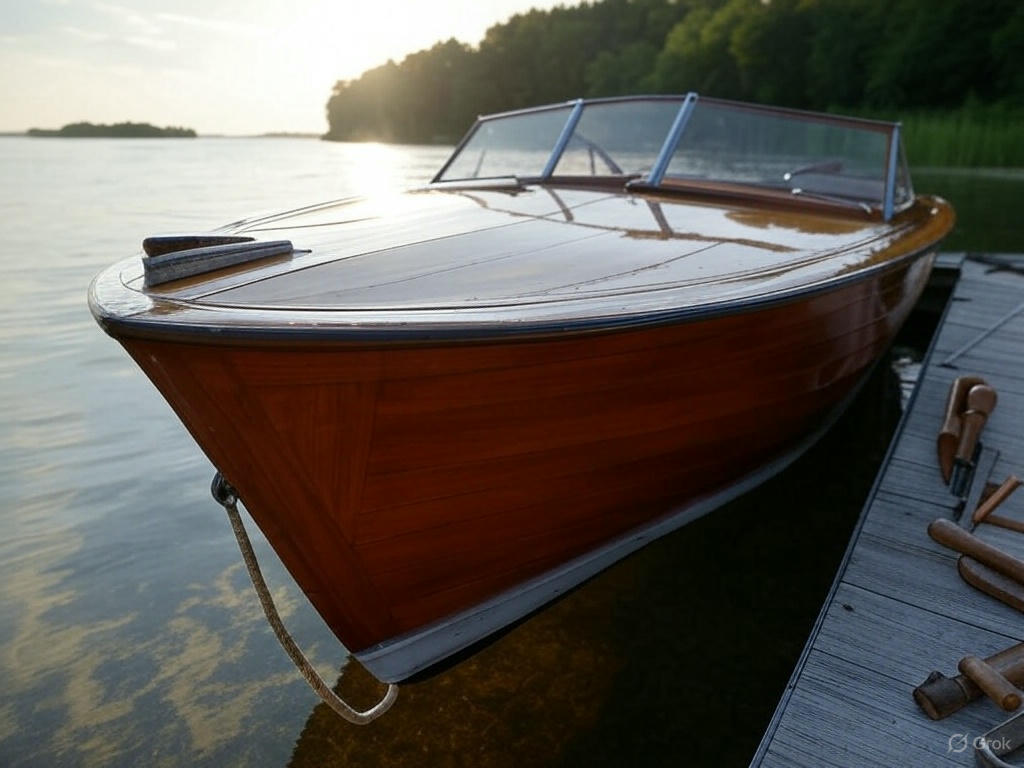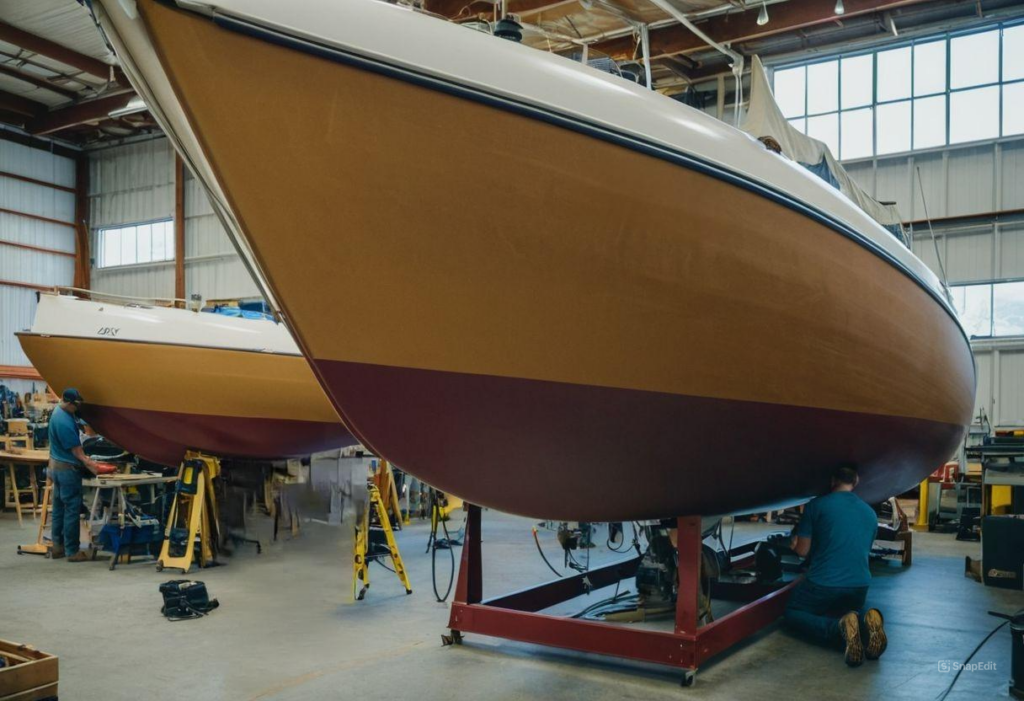Changing sails is a vital task for any boat owner aiming to keep their vessel performing at its best, whether for cruising, racing, or thrilling action sports. From the renowned North Sails to custom sails, swapping out worn sails ensures safety and efficiency on the water. This guide explores why you should change your sails, the wide range of types available—including North Sails favorites like the gaff sail—and a detailed process to get it done right, all while respecting your privacy policy when choosing services like those at YachtService.vip, which offers a Front-end agnostic approach to sail solutions.
Why Change Your Sails?
Sails power your boat, but constant exposure to UV light, wind, and salt water wears them down, even high-quality ones from North Sails. Over time, this degradation affects their ability to hold the right angle with respect to the wind, impacting your type of sailing—be it casual or competitive. Worn sails, including the classic triangular sail from the age of sail, can compromise safety and performance, especially for action sports enthusiasts chasing speed. Regular replacement with competitive sails from brands like North Sails keeps your boat balanced and ready. For cost insights, check Fiberglass Boat Maintenance: Upkeep and Refinishing Uncovered.
Types of Sails to Consider
Choosing the right sails involves understanding your options, from North Sails classics to a wide range of innovative designs tailored to your sail plan:
Fore-and-Aft Sails
These fore-and-aft sails include triangular sails like the gaff sail and dipping lug sail, which adjust to the wind angle with respect to your course. They’re ideal for modern boats, balancing efficiency and control across various types of sailing.
Square Sails
Traditional square sails shine as downwind sails, offering power for specific scenarios like leisurely cruises or downwind sails runs, often seen in Egyptian sailing ships from the evidence of sailing boats in history.
Lateen Sails
A subset of fore-and-aft sails, lateen sails feature a bi-radial sail design, perfect for an aft angle, tracing back to ancient maritime traditions in the age of sail.
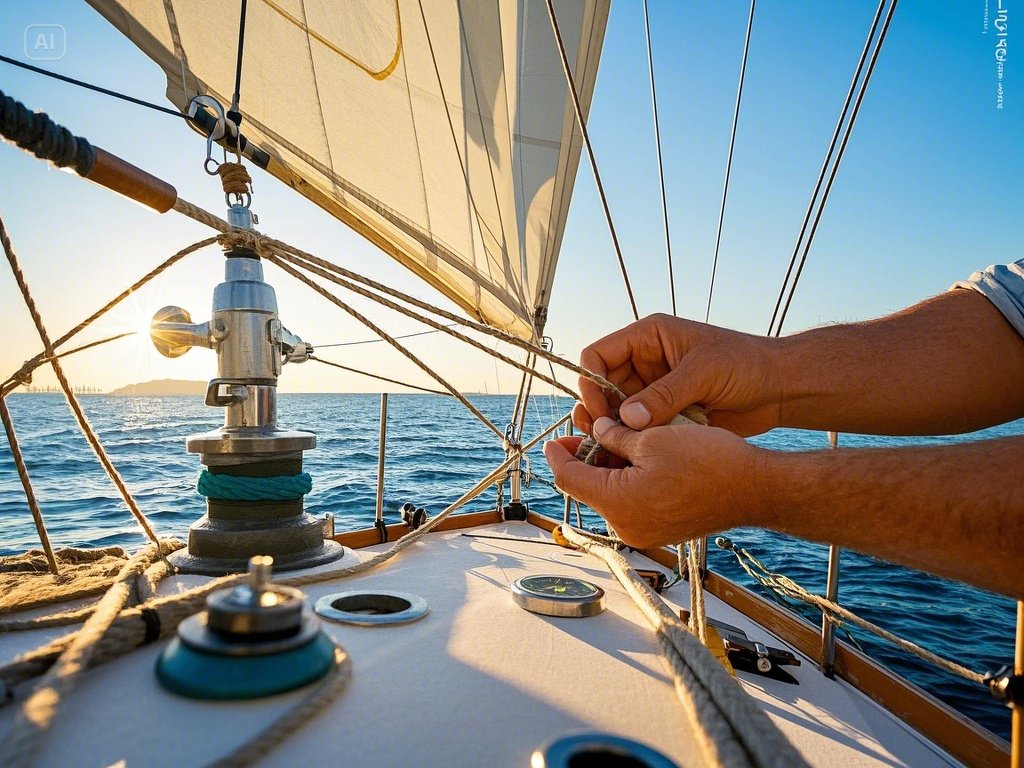
Cross-Cut Sails
Modern cross-cut sails use conventional sail panels, providing durability and affordability across a wide range of uses, often enhanced by dissimilar materials Sails for added strength.
For sail repair tips, see Sailboat Rigging Replacement: A Sailor’s Guide.
When Should You Change Your Sails?
Look for wear signs like frayed edges or a balanced lug mainsail losing shape—critical for maintaining a balanced lug mainsail’s performance. If your sails—even an entry-level sail from North Sails—can’t maintain the angle with respect to the wind or the angle of attack diverges, it’s time to act. Boats used for action sports or competitive sails need frequent checks to keep up with demanding conditions. Learn more at Maximize Performance: Expert Tips.
Step-by-Step Guide to Changing Sails
Here’s how to replace your sails, including North Sails, effectively:
- Assess the Old Sail: Inspect the boom-footed sail and note if the balancing sail or balanced lug mainsail holds its shape. Review your sail plan for fit.
- Choose the Right Sail: Go for North Sails or explore combinations of sail proposed by experts, like downwind sails or triangular sails for your needs.
- Remove the Old Sail: Unhook it from the mast and boom, ensuring hardware compatibility with Gaff-rigged sails if applicable.
- Install the New Sail: Hoist carefully, aligning the angle with respect to the wind for optimal performance.
- Test It: Sail briefly to tweak the balanced lug mainsail or bi-radial sail tension.
For rigging support, visit Sailboat Rigging Installation.

How to Choose a Sail Replacement Service
A reliable service ensures your sails—like those from North Sails—are fitted perfectly. YachtService.vip offers a wide range of expertise in custom sails and a Front-end agnostic approach, respecting your privacy policy, whether you need a gaff sail or competitive sails. Explore their services at Boat Repair: A Comprehensive Guide.
Cost Factors in Changing Sails
Costs depend on sail type—cross-cut sails are budget-friendly, while custom sails or Auto-generated REST APIs Sails tech-inspired designs cost more. Installation fees vary, especially for complex sail plans or downwind sails. See Sailboat Rigging Services: Navigating the Costs for details.
Maintenance Tips After Changing Sails
Keep your sails in top shape:
- Rinse with fresh water to remove salt from dissimilar materials Sails.
- Dry thoroughly before storing your boom-footed sail or balanced lug mainsail.
- Check the leading edge and trailing edge for wear.
More tips at Boat Maintenance Prices: How Much Does It Cost in 2024?.
Common Mistakes to Avoid
- Delaying Replacement: Worn sails hurt performance.
- Mismatched Sails: A poor balancing sail disrupts handling.
- Overcomplicating: Leave complex Gaff-rigged sails to pros.
Conclusion: Set Sail with Confidence
Changing sails—whether North Sails, fore-and-aft sails, or custom sails—boosts your boat’s potential. From downwind sails to triangular sails, the right choice enhances your type of sailing, including action sports. Trust YachtService.vip for expert sail services—visit YachtService.vip now.


